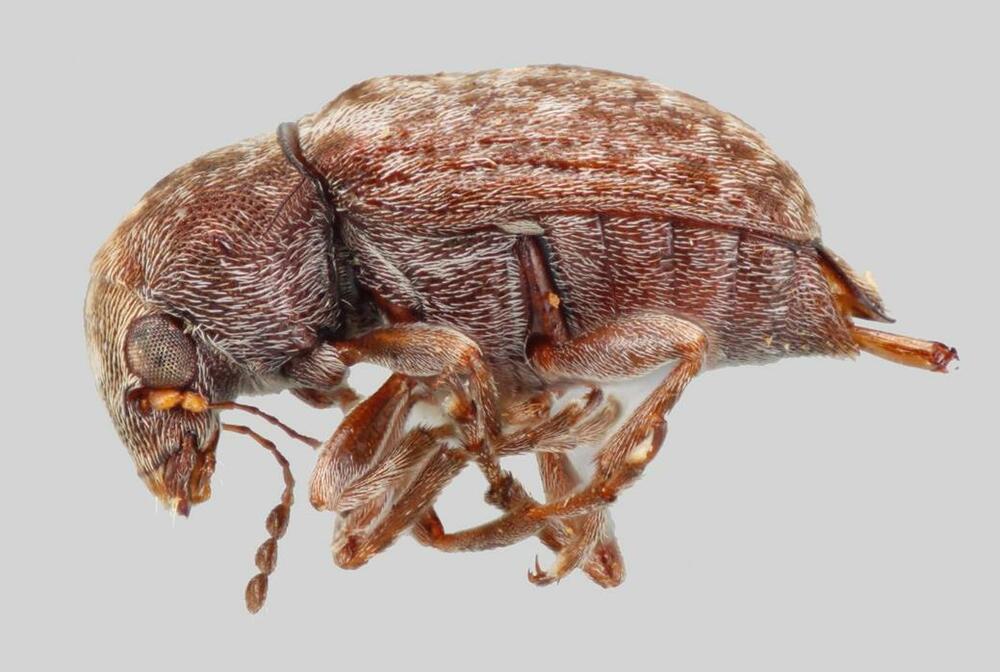Brazil nut
Description
Brazil nut, Bertholletia excelsa, is a tropical evergreen in the family Lecythidaceae grown for its edible seeds (nuts). The brazil nut tree is very large with a long straight trunk which is 1–2 m (3.3–6.6 ft) in diameter. The tree only branches in the upper regions and the long branches are covered in large, leathery, oblong shaped leaves which form a spreading canopy. The tree produces large, pale yellow or greenish flowers and a round fruit which is approximately 15 cm (6 in) in diameter. The fruit has a thick hard shell and contains 18 to 24 angular seeds (nuts). The large edible kernel is protected by a thin, woody shell which has a wrinkled appearance. Brazil nut trees can reach a height of 25–56 m (82–184 ft) and can live for well over 500 years. Brazil nut may also be referred to as cream nut or butter nut and originates from the Amazonian rainforest.
Crop Details
Scientific Name: Bertholletia excelsa
Common Names: castaña (Sp); noyer de Para (Fr)
Uses & Benefits
Brazil nuts are eaten fresh or may be used to extract oil for cooking or for use in the manufacture of soaps.
Propagation
Basic Requirements
Brazil nut trees grow in areas of tropical rainforests which have a dry period, usually at low altitude. The nuts are harvested almost exclusively from naturally occurring trees although in some parts of the Amazon, plantations are being developed.
Growing from Seed
Brazil nut seedlings develop in the forest understory and require a gap to emerge in the forest canopy to provide the light required to develop to maturity. Trees will flower after 5 or 6 years and only begin to bear fruit after a period of 10–20 years. Flowering occurs at the beginning of the dry season and the flowers are pollinated by a large species of bee. The fruit takes 15 months to reach maturity and is harvested in the wet season by collecting as soon as it falls from the tree. Trees have been successfully propagated from seed and planted into a plantation. A major obstacle to plantation production of Brazil nut is the difficulty of attracting the correct species of pollinator.
Harvesting
Brazil nuts are harvested during the rainy season and the fallen fruits are collected from the forest floor. Collection is usually carried out in the morning to reduce the chance of being hit by falling fruits which can cause severe injury. The fruits are hard and must be hacked open with a machete in order to collect the nuts from inside for further processing.
References
CABI Crop Protection Compendium. (2008). Bertholletia excelsa datasheet. Available at: http://www.cabi.org/cpc/datasheet/10243. [Accessed 07 November 14]. Paid subscription required.
Clay, J. W. & Clement, C. R. (1993). Selected Species and Strategies to Enhance Income Generation from Amazonian Forests. FAO Working paper. Available at: http://www.fao.org/docrep/019/v0784e/v0784e.pdf. [Accessed 07 November 14]. Free to access.
Hennessy, T. (2001). The Brazil Nut (Bertholletia excelsa). Ethnobotanical Leaflets. Southern Illinois University. Available at: http://web.archive.org/web/20090111010933/http://www.siu.edu/~ebl/leaflets/brazil.htm. [Accessed 07 November 14]. Free to access.










